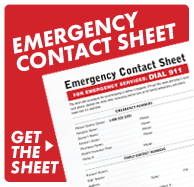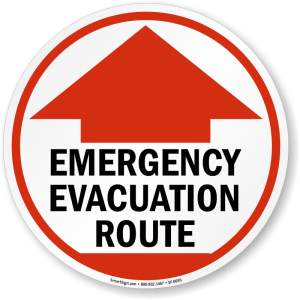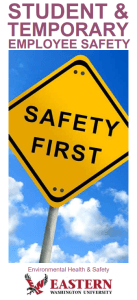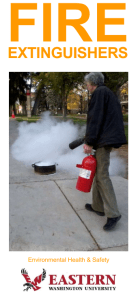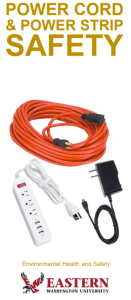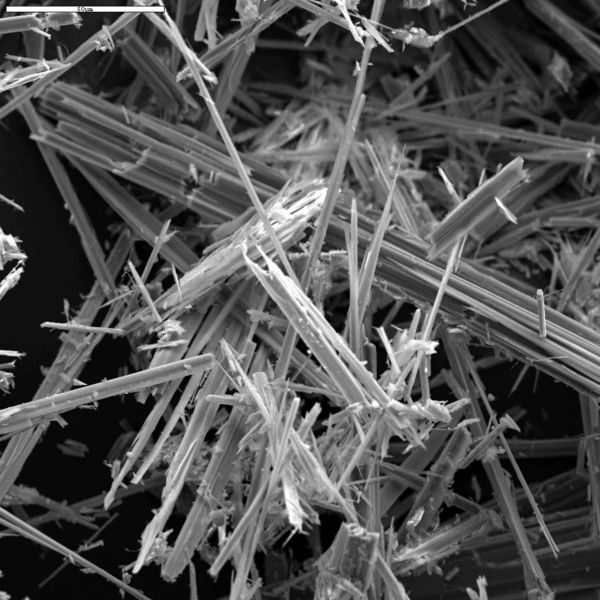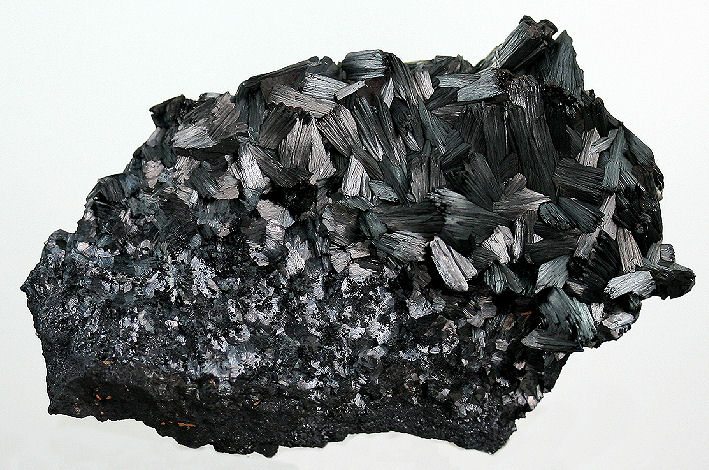The responsibility for health and safety is shared. All members of the EWU community must work together to ensure our community is a safe place.
Report any health or safety concerns as soon as possible. These can be reported to a supervisor, department manager, professor, or to Environmental Health & Safety. Complete an incident report if you see something or request service if you need EH&S to investigate a problem.
Building Safety Information
Safety information specific to each building on campus.
Find information here about:
- Physical address of building
- Building Captain
- Emergency phone numbers
- Emergency Evacuation Maps
- Links to fire extinguisher maps
General Safety Information
This section covers some general safety topics.
Topics covered include:
Dorm Safety
Building safety information specific to each dorm and links to other dorm information.
Topics include:
Fire and Emergency Evacuations
This page has an overview of emergency evacuation procedures.
Topics include:
Building Safety Information
Safety information for each non-residence building can be found here. Dorm safety information can be found on the Dorm Safety page.
Safety information includes:
- Building address
- Building Captain and/or Floor Captain(s) names and contact numbers
- Emergency contact list
- Links to building evacuation maps with fire extinguisher and AED locations (these are being developed right now, some building's don't have maps yet)
General Safety Information
Accidents frequently occur when people are not paying attention to their environment. Pay attention when you are moving around and be on the lookout for potential hazards in the areas you frequent.
Here are a couple of basic safety tips to keep in mind:
- Watch the path ahead, put down your phone while walking.
- Lift with the legs, NOT with the back!
- Avoid placing items in the walkway, you want a clear path out if you need to evacuate.
- Put the heaviest things on the bottom shelf or in the bottom drawer, this will help prevent furniture from tipping over.
- Chairs are not ladders, especially chairs with wheels.
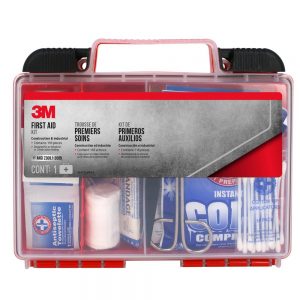 First-Aid Kits
First-Aid Kits
Departments are required to maintain first-aid kits for minor injuries. Maintaining includes supplying the first aid kit and checking it periodically to ensure there are enough supplies and that nothing is expired.
First-Aid Kits must be easily accessible and portable so the can be moved to the location of injury. EH&S can provide stickers to label drawers or cabinets that contain first-aid kits.
It is recommended that first-aid kits contain at least:
- (5) 1x3 Woven adhesive strip bandages
- (5) 2x3 Woven adhesive strip bandages
- (5) Woven knuckle bandages
- (4) 2x2 Sterile gauze pads
- (4) First Aid & Burn Cream foil packs*
- (4) Antiseptic wipes*
- (4) 4x4 Gauze pads
- (4) 2x3 Non-stick pads
- (4) Triple Antibiotic Ointment foil packs*
- (1) Adhesive tape, 0.5 in. x 2.5 yards
- (1) Tweezers
- (1) Blunt scissors
- (1) CPR shield
- (2 pairs) Vinyl or nitrile gloves*
*Items expire or break down over time and will need to be replaced as necessary.
Optional items:
- (1) Instant cold pack*
- (1) Self adherent cohesive wrap bandages, 2 in x 5 yards, for cold pack
Employees should know where first-aid kits are located for the buildings they use. If a first-aid kit is not easily located, contact your Building Captain/Floor Manager or your department administrator to find out where they are.
Electrical Safety
Electricity, when used improperly can cause fires, shocks and even death.
By fire code, extension cords (called temporary wiring) are not allowed for permanent use. They must not be attached or tethered to the wall. If you are using an extension cord, contact the Work Order desk (x2245) and inquire about having an outlet moved to the location where you need the power.
Electrical safety tips:
- Check the amount of power your electronics and equipment is drawing to avoid overloading the outlet or your surge protector.
- Make sure surge protectors and extension cords aren't creating tripping hazards and ensure the cords aren't being pinched or crushed by doors or objects.
- Remove any cord that is damaged to avoid electric shock.
- Anytime electricity is used withing 6 feet of water, you need GFCI protection.
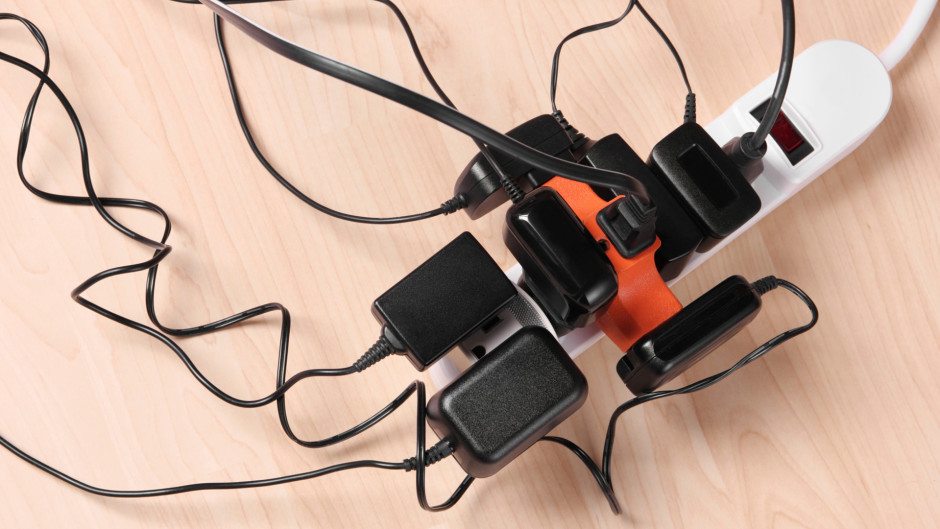
Be careful not to overload your surge protectors!
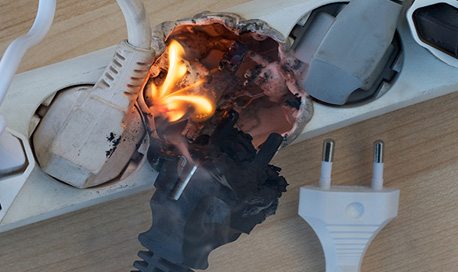
An overloaded surge protector is more likely to catch fire.
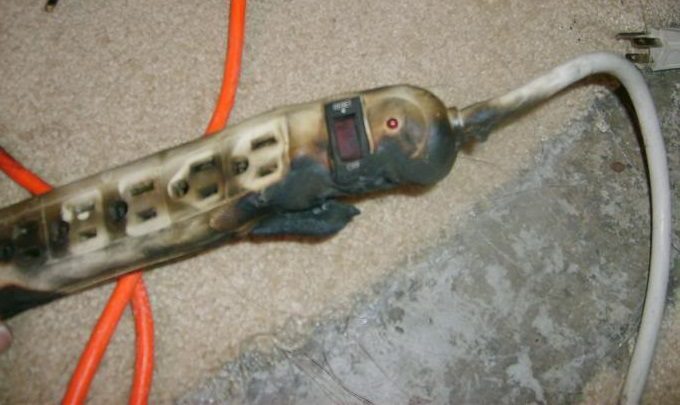

This has occurred on campus.
For more in-depth coverage of electricity and electrical safety visit the Shop Safety sub-page Electrical Safety.
Health & Wellness
Asbestos & Lead
Both asbestos and lead containing materials can be found on campus. These items are safe as long as they are appropriately maintained but can become hazardous if the materials are damaged.
To avoid generating asbestos and lead hazards, do not attempt to break, damage, disturb, modify, or move structural elements in your office or building.
If you need some alteration, contact the Work Order Desk (x2245). If you find damaged building materials, contact the Work Order Desk or EH&S (x6496) to report the problem.
Mold
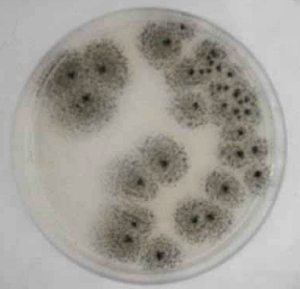
Mold grows well in damp environments so the best way to limit mold growth is to remove the moisture from an area. Follow these steps to help limit mold growth on campus.
Do your part to keep your work area dry:
- Make sure any plants you have don’t have standing water, and keep plants in well ventilated areas.
- Keep wet umbrellas and coats away from carpets and try to clean up any water you bring in with you.
Report any water problems you see. Call the Work Order desk (x2245) to report any: damp ceiling tiles, water spots on walls, or water on the floor.
If you think you may have mold growing in your work area, you can submit an EH&S Service Request to have us come and take a look.
EH&S Safety Newsletters
In an effort to provide information to our Building Captains/Floor Managers, Environmental Health and Safety has developed a safety newsletter. This newsletter will serve to provide safety information, training and highlights to the program.
